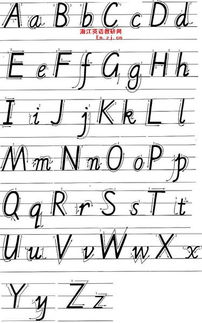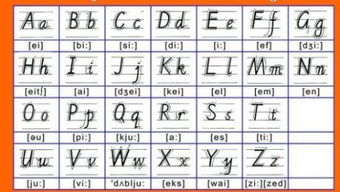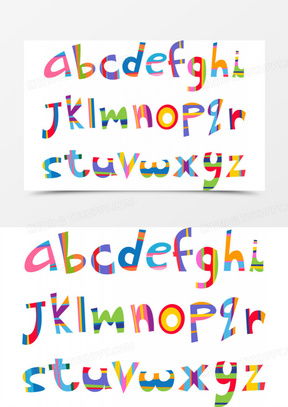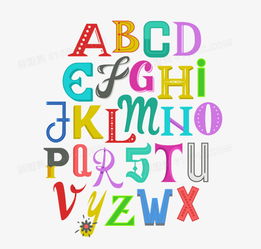
Alphabet pictures are a creative and engaging way to introduce children to the world of letters and words. These images, often colorful and whimsical, can help make learning the alphabet a fun and memorable experience. In this article, we will explore the benefits of using alphabet pictures, how they are used in education, and some popular examples.

One of the primary benefits of using alphabet pictures is that they can make learning the alphabet more enjoyable for children. By associating each letter with a unique and appealing image, children are more likely to remember the letters and their sounds. Here are some key benefits:
Visual Learning: Children are naturally visual learners, and alphabet pictures provide a visual cue that can aid in memory retention.
Engagement: The use of vibrant colors and engaging images can capture a child's attention and make learning more interactive.
Association: By linking letters to pictures, children can form associations that help them understand the concept of letters and their roles in words.
Early Literacy: Alphabet pictures can be a foundational tool in early literacy development, helping children recognize and differentiate letters.

Alphabet pictures are widely used in educational settings, from pre-schools to elementary schools. Here are some common ways they are integrated into the curriculum:
Letter Recognition: Teachers use alphabet pictures to help children recognize and identify each letter of the alphabet.
Word Building: By combining alphabet pictures, children can start to build simple words and understand the structure of language.
Storytelling: Alphabet pictures can be used to create stories, where each letter represents a character or element in the narrative.
Art Projects: Children can use alphabet pictures as inspiration for art projects, such as drawing or coloring the images.

There are numerous alphabet pictures available, each with its own unique style and theme. Here are some popular types:
Animals: Each letter is represented by an animal, such as